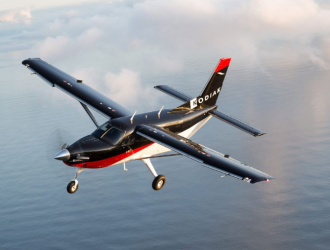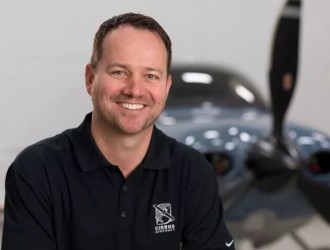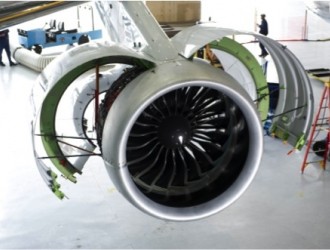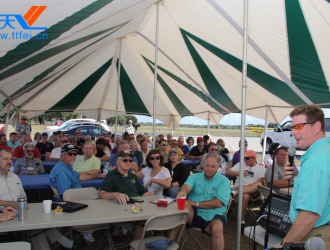havin successfully developed an airpark property more than a decade ago, Robert Huber is looking to get back into the aviation real estate industry. If successful, his grand vision for a purpose-developed airpark and golf community, called Aero Estates National Airpark and Country Club, would be the largest of its kind in the world.
After two and a half years of planning, Huber leads a group that has drafted ample guiding material to make this vision a reality. This includes a 31-page business plan, as well as an in-depth pro forma and action plan.
For Huber, the opportunity represents a second chance.

The First Swing
Huber has been involved in general aviation since 1992. once he returned to the United States from Desert Shield/Desert Storm, he picked up flying as a hobby and began flight training. After receiving his private pilot certificate, he went on to obtain multi-engine, instrument, and commercial ratings. He also earned a Bachelor of Science degree in Aeronautical Science from Embry-Riddle University’s Daytona Beach campus in 1997.
While working as a program manager in the U.S. Defense Industry, the opportunity to formally apply his interests in aviation presented itself in 2002. While living in Dallas, Texas, Huber heard about a property a couple of hours east near Tyler, Texas, on Lake Palestine. This 120-acre plot of land had homes surrounding what looked like an old airstrip.
He learned that it used to be a functioning runway that had been deactivated. After spending several weekends hanging around the property and speaking with homeowners, he was told about the opportunity to purchase the site from a former World War II Navy veteran.
Huber and his parents went in on the project together and bootstrapped the finances needed to undertake the project. With the previous owner floating the note, they were able to assume ownership. This assistance also allowed the family to purchase earthmoving and other equipment needed to develop what would be known as Aero Estates Airpark (T25).
The airpark, which still is an active community today, has:
A 3,100′x60′ Bermuda grass runway
Taxiways from the lots
Pilot-controlled lighting
Visual approach slope indicator (VASI)
A heliport
A float plane dock
A four-acre lakefront common area
In 2010, Huber moved to Europe for work. After several years of managing the business from another continent, doing so became too much, so Huber started to look for new owners. In 2012, several of the community’s residents organized a business entity to purchase the airpark from Huber, who had bought his parents’ shares in 2005.
Finding His Footing
Following a successful transition, Huber recounted some of the successes from the project. The most notable was that 167 lots were developed and sold in 10 years. Looking back though, perhaps the more noteworthy takeaway was all that he had learned (often through making mistakes) during the decade’s long endeavor of developing and operating a residential airpark.
With this project behind him, he spent the next few years focusing on his career and “took a break from aviation.” Then in 2015, thoughts about on-airport living returned to his mind.





